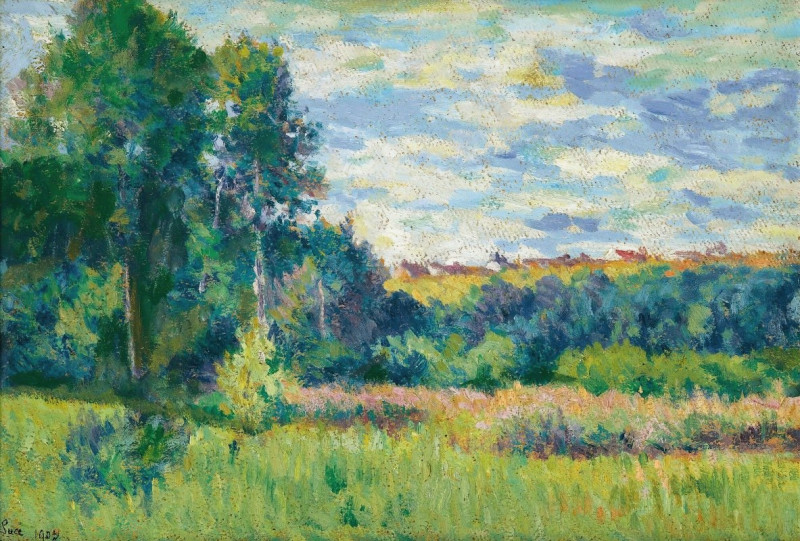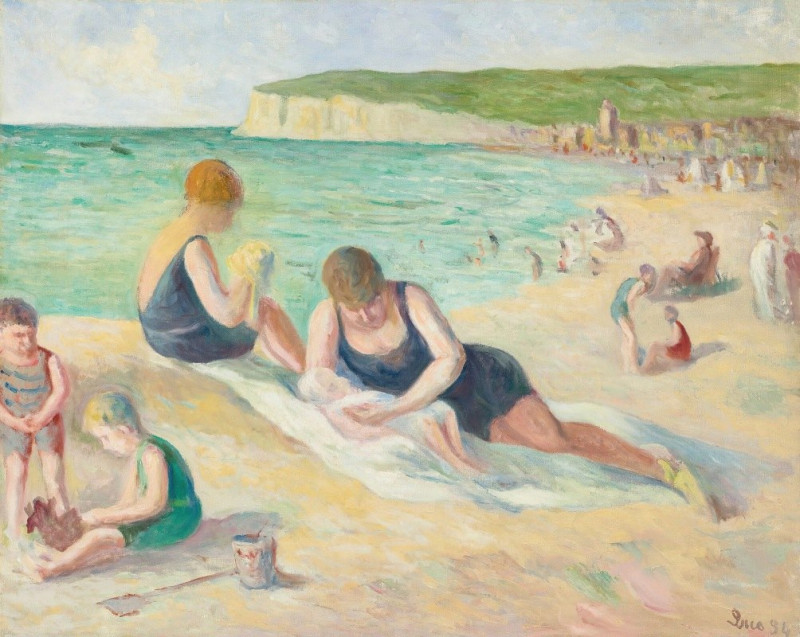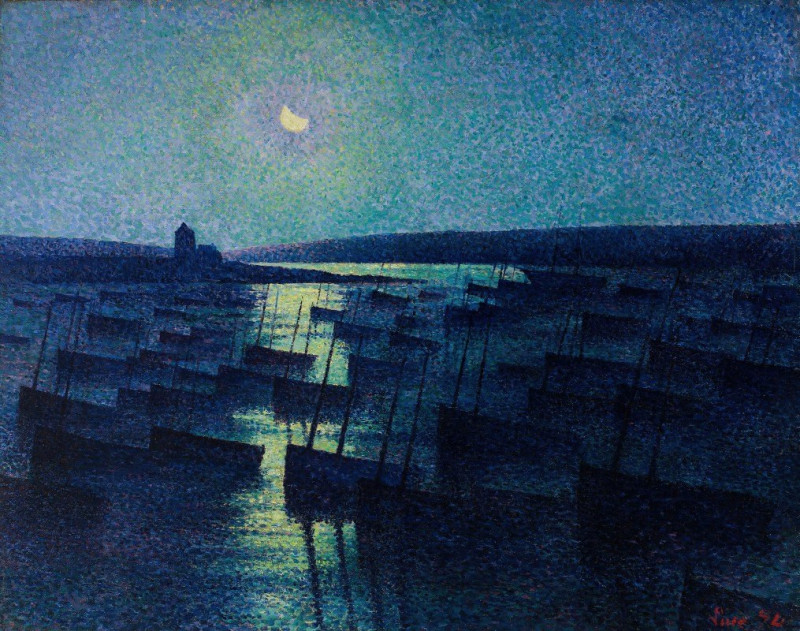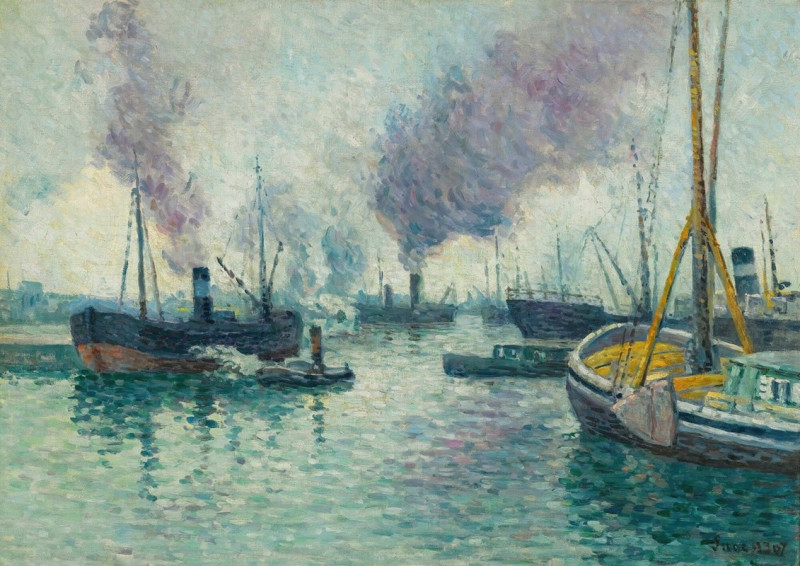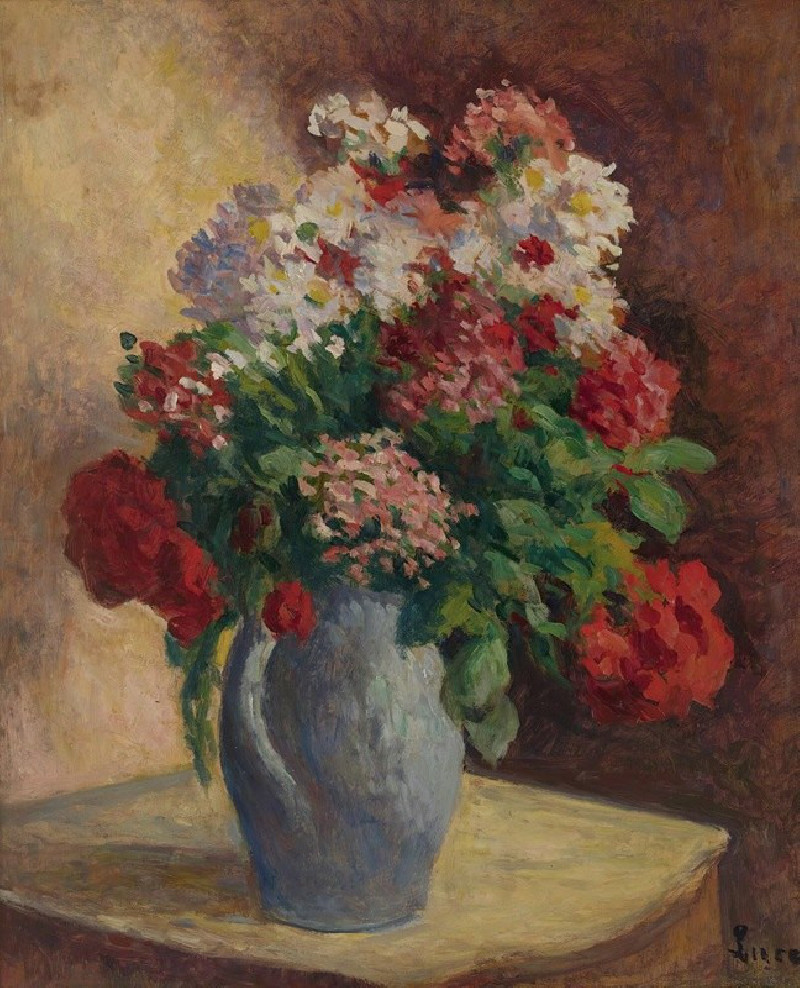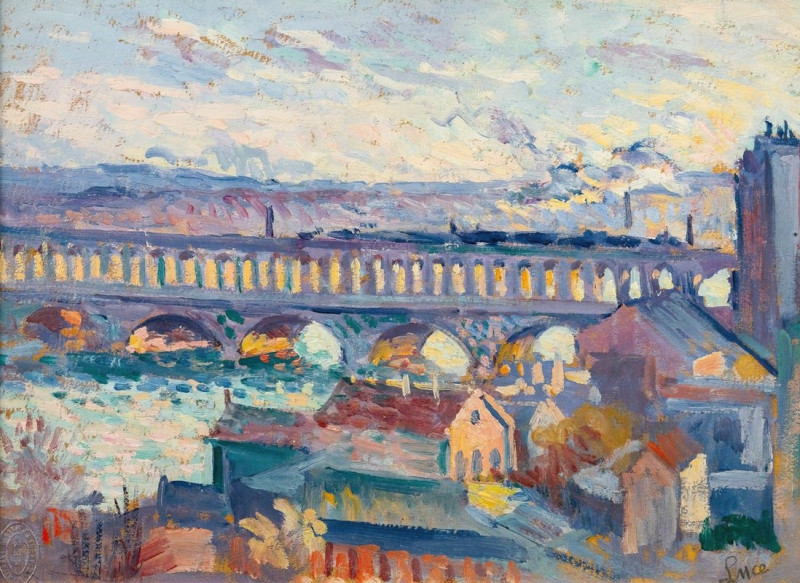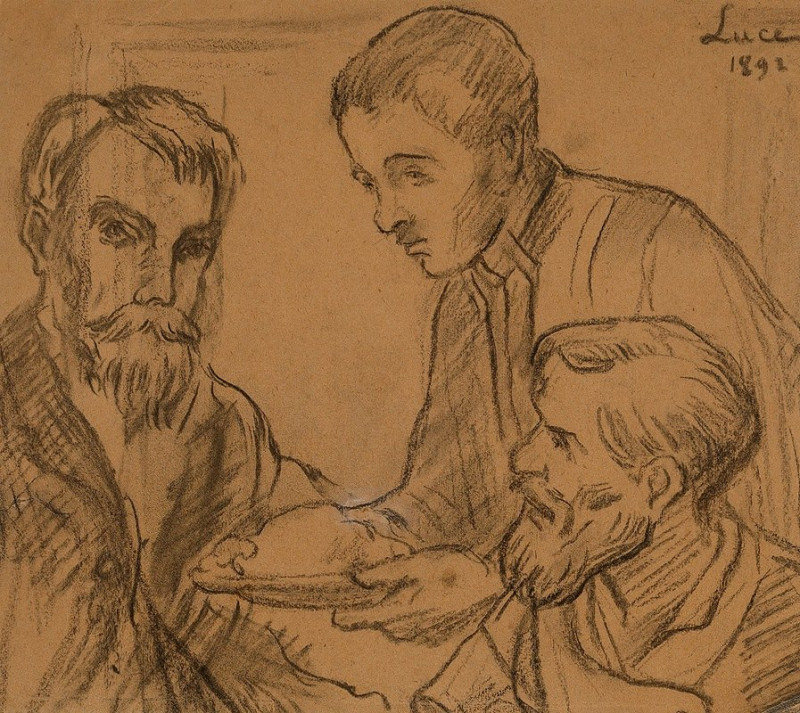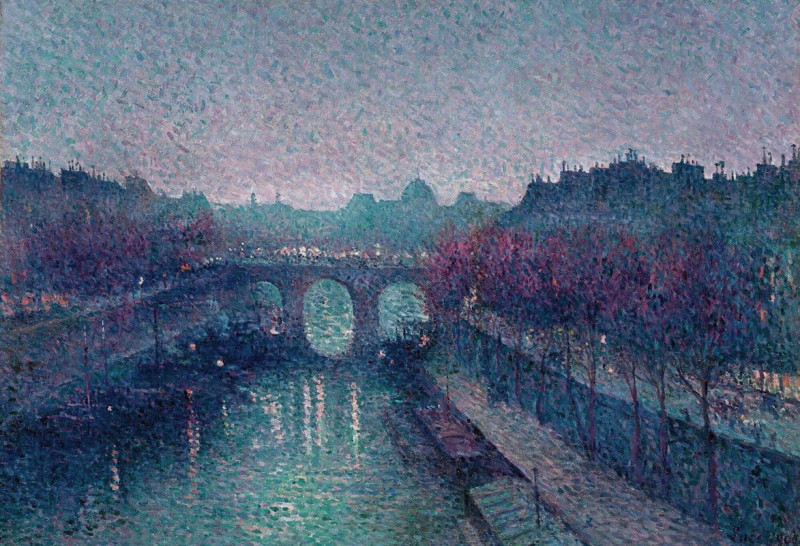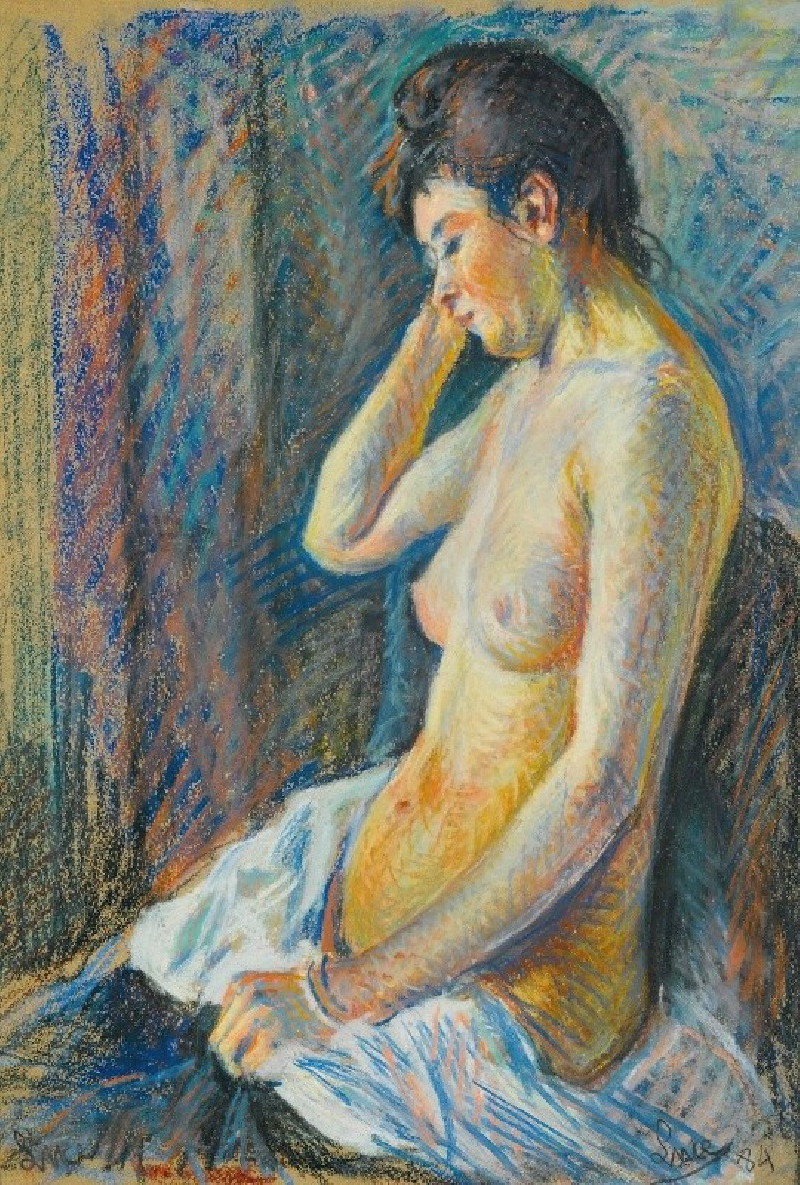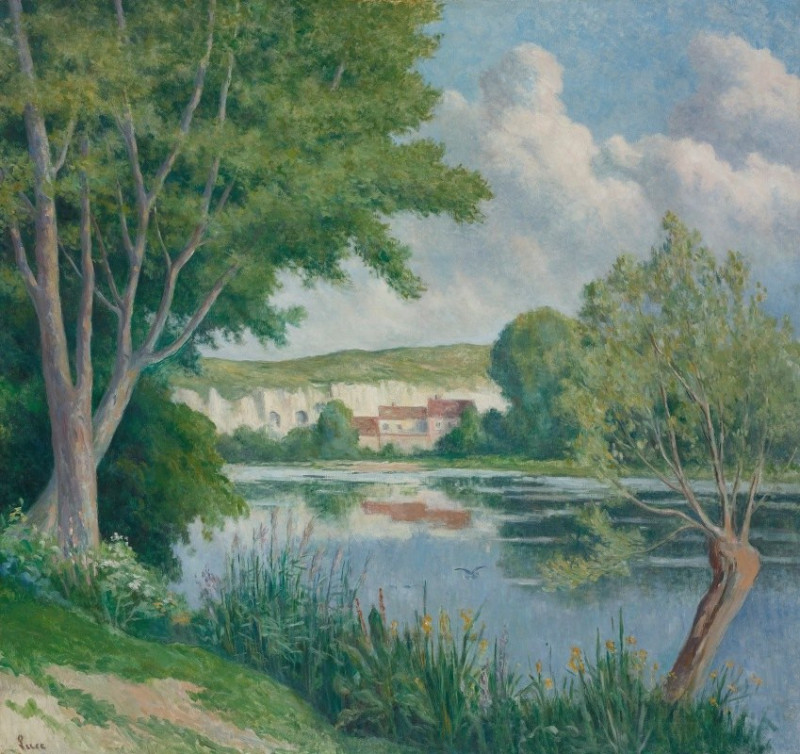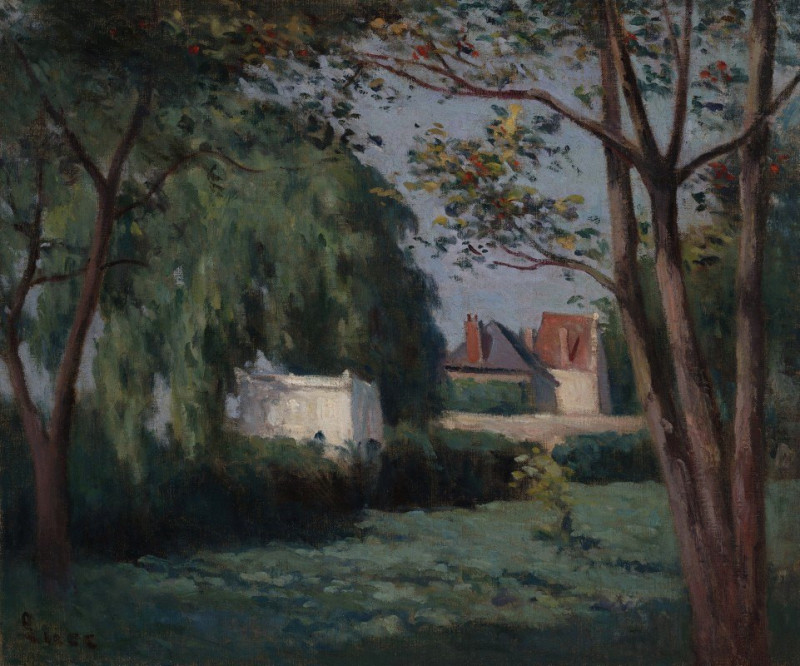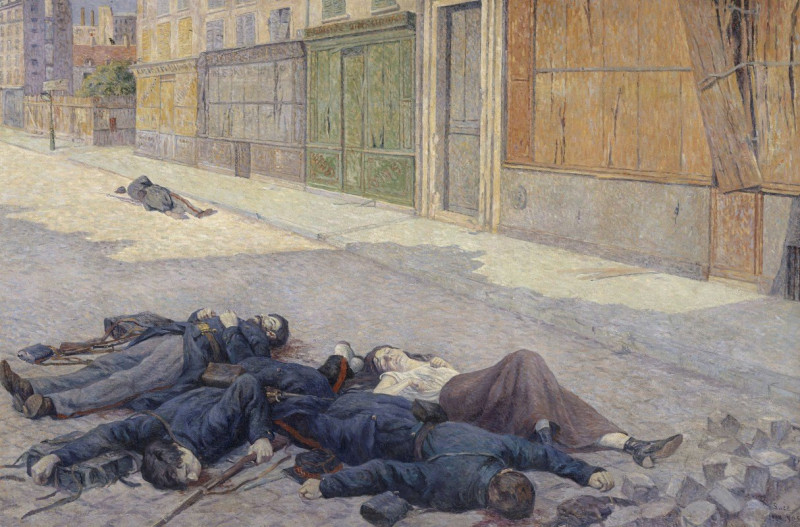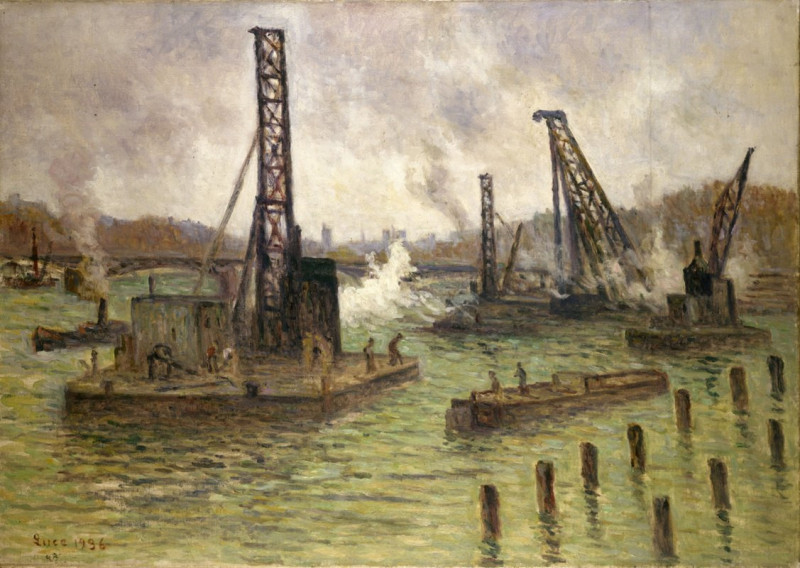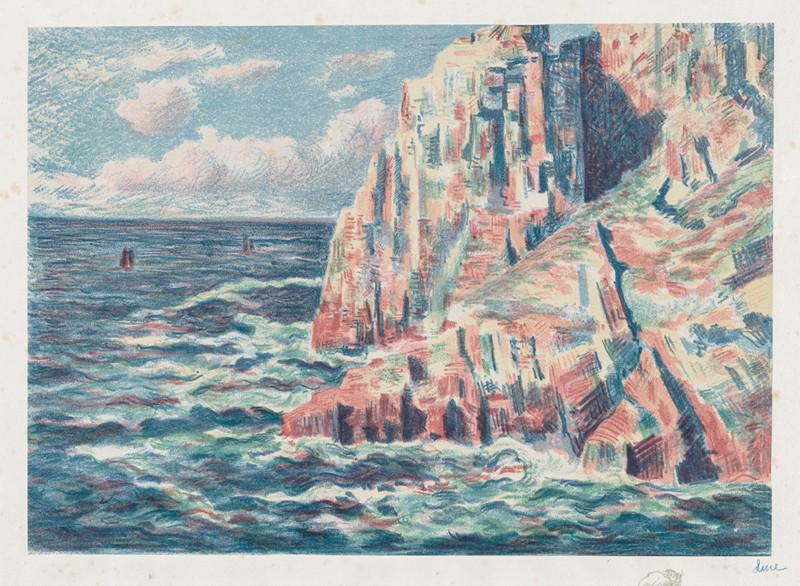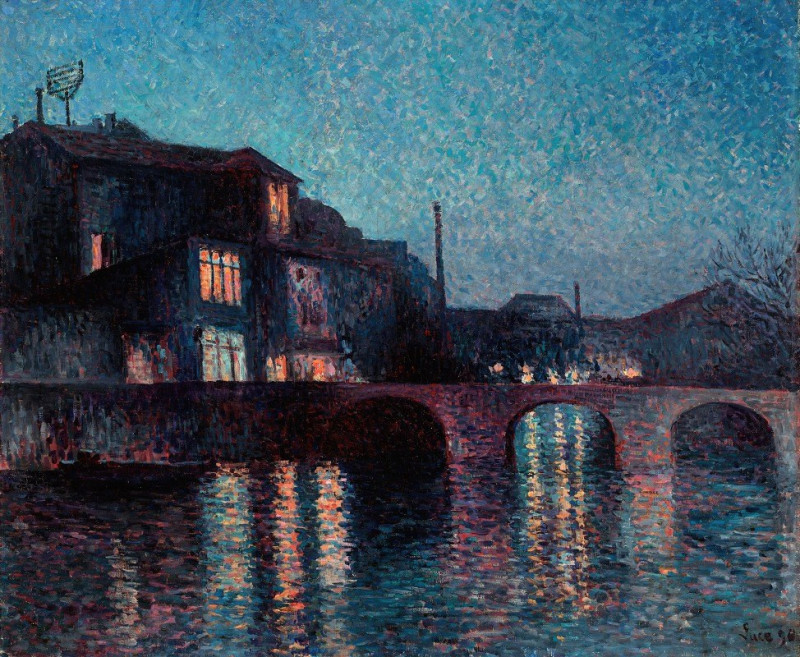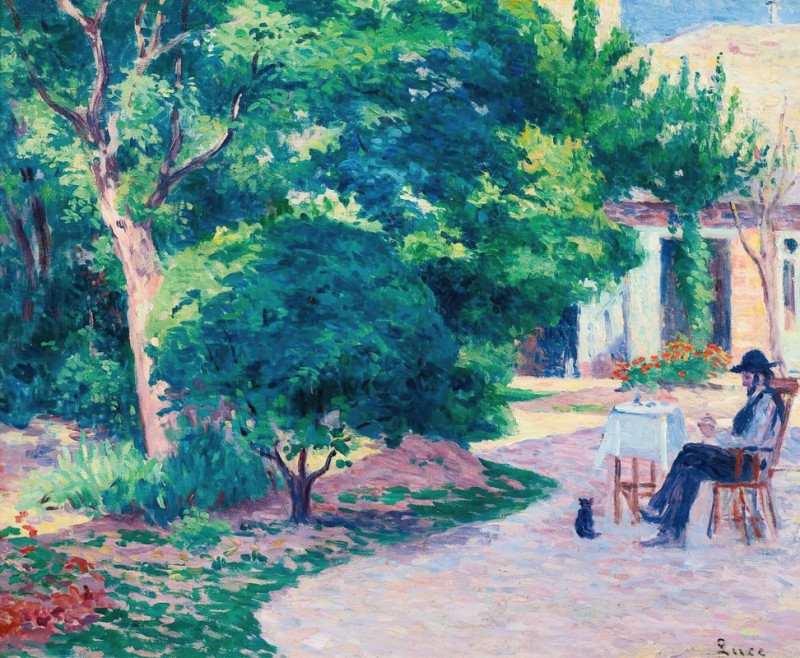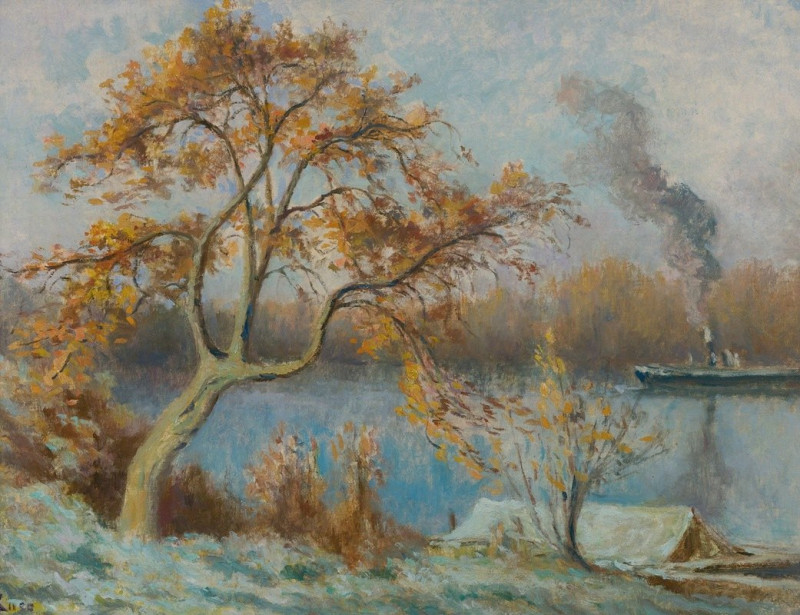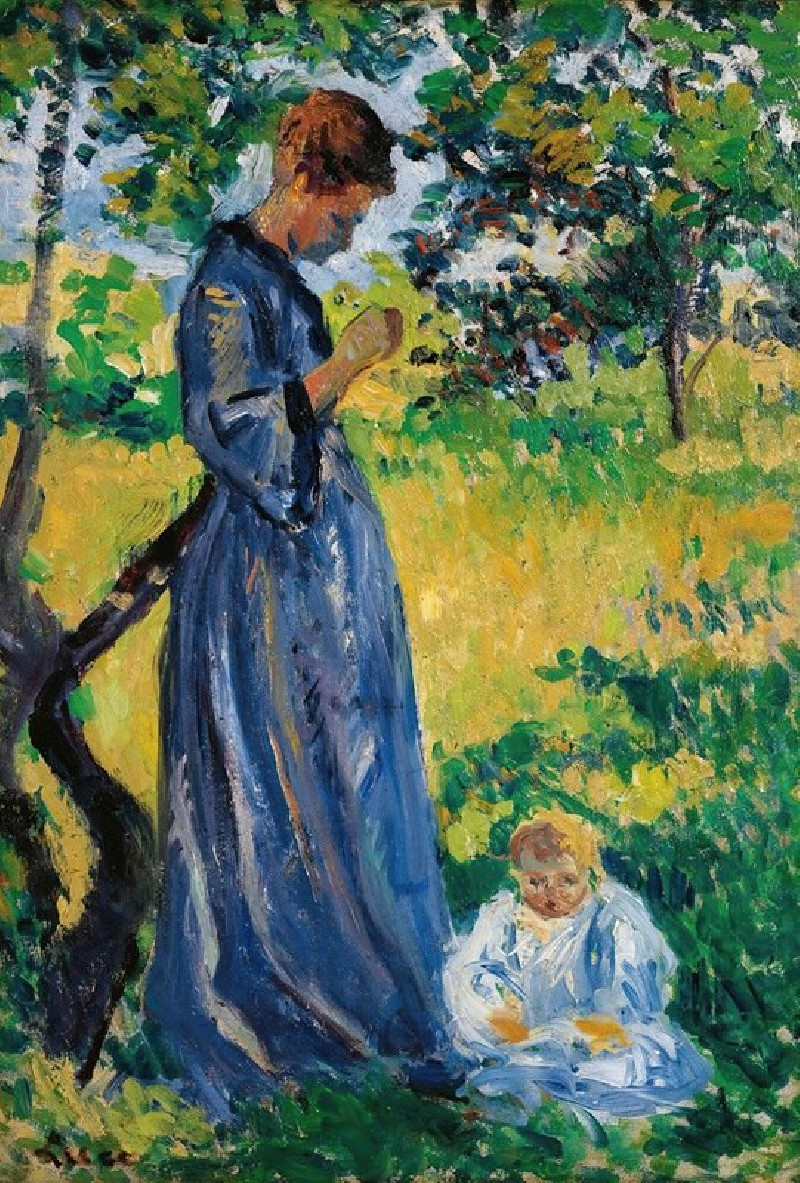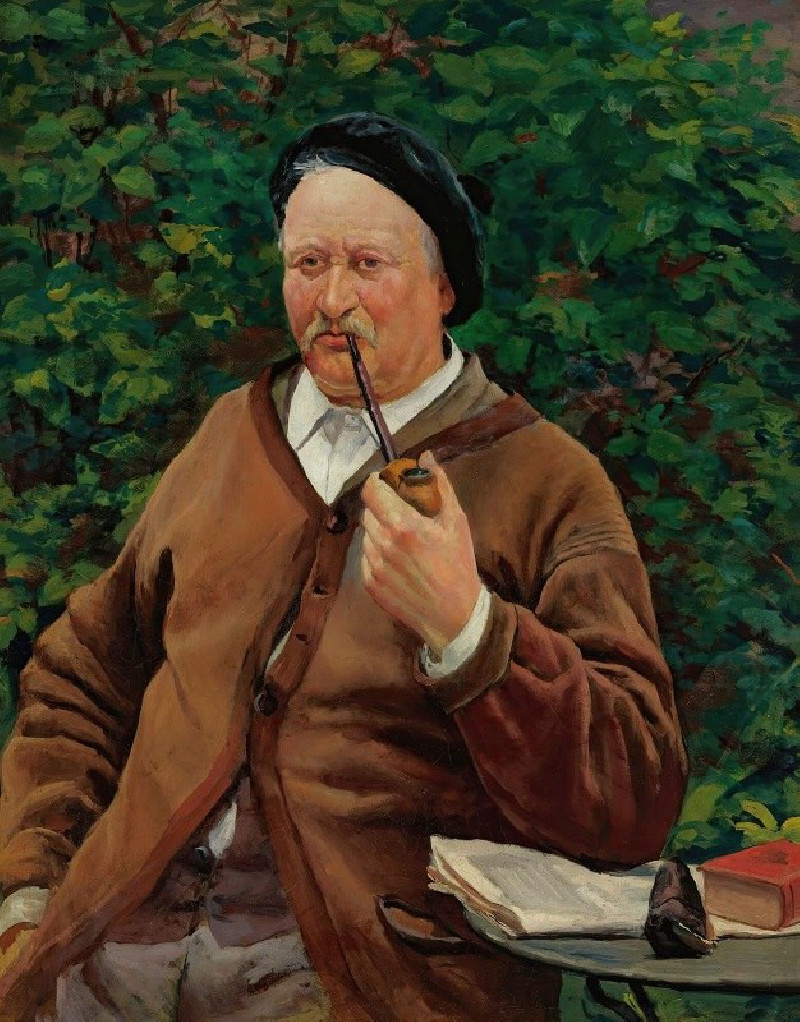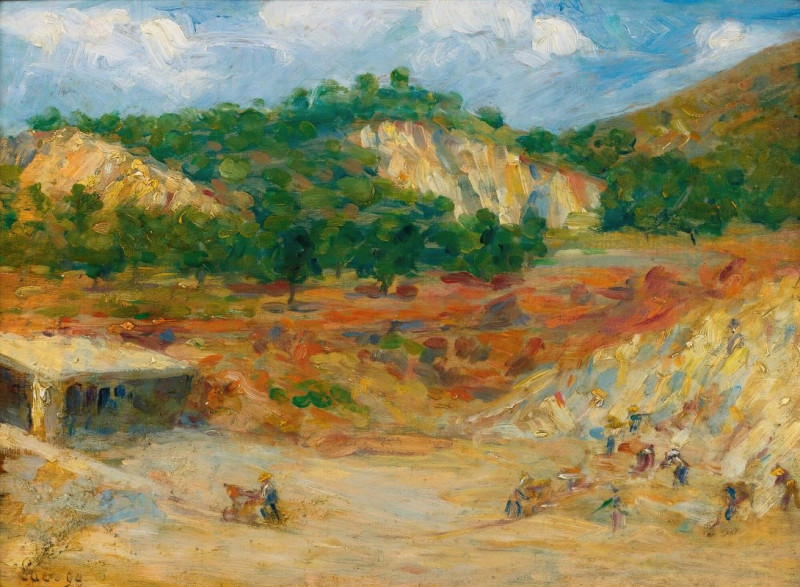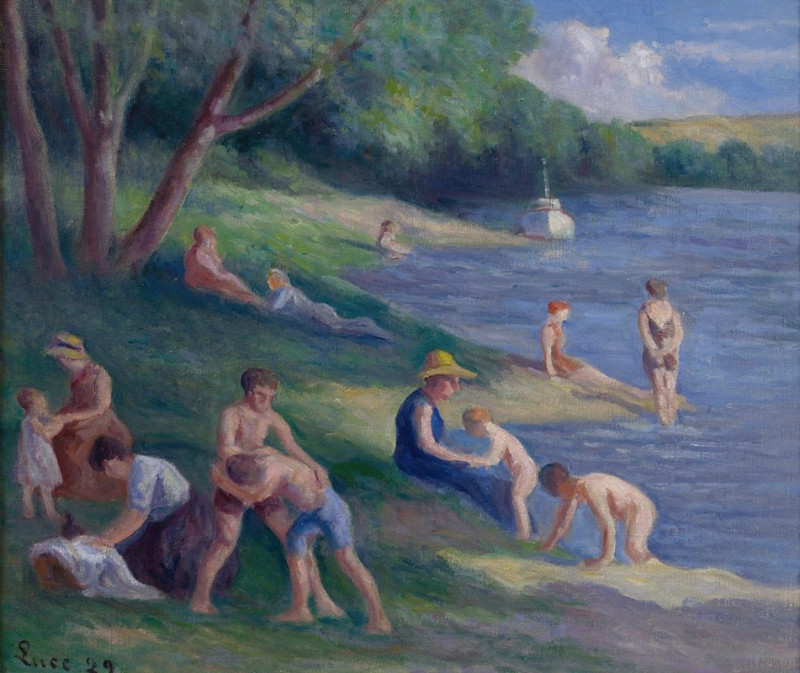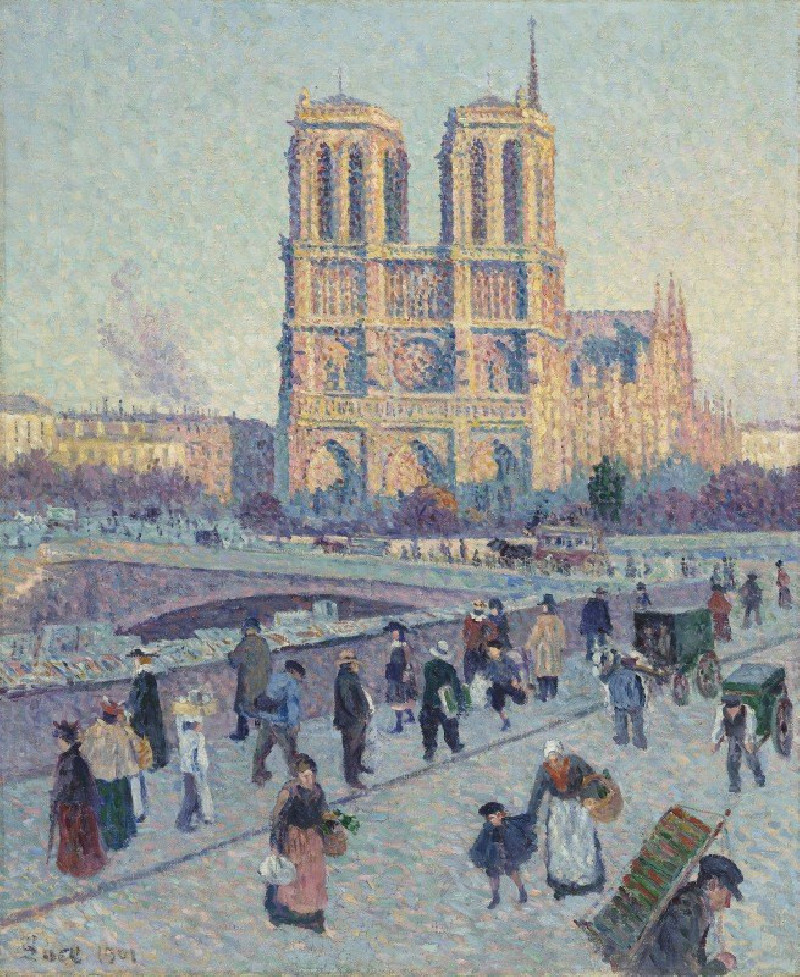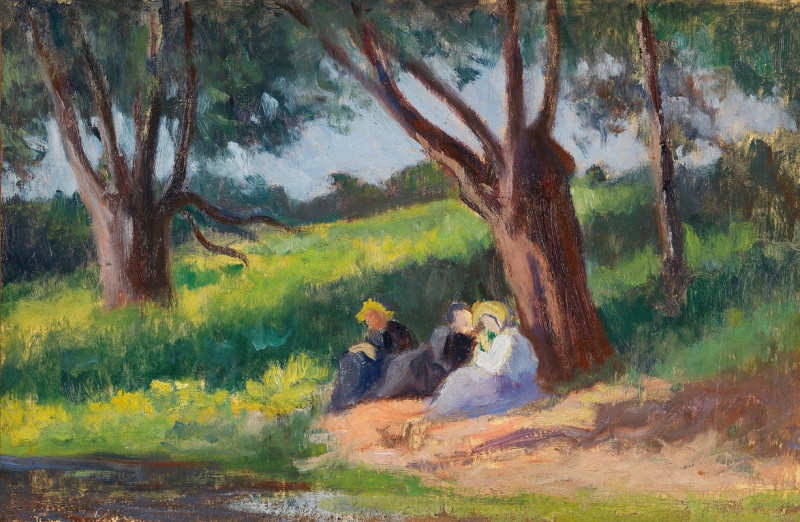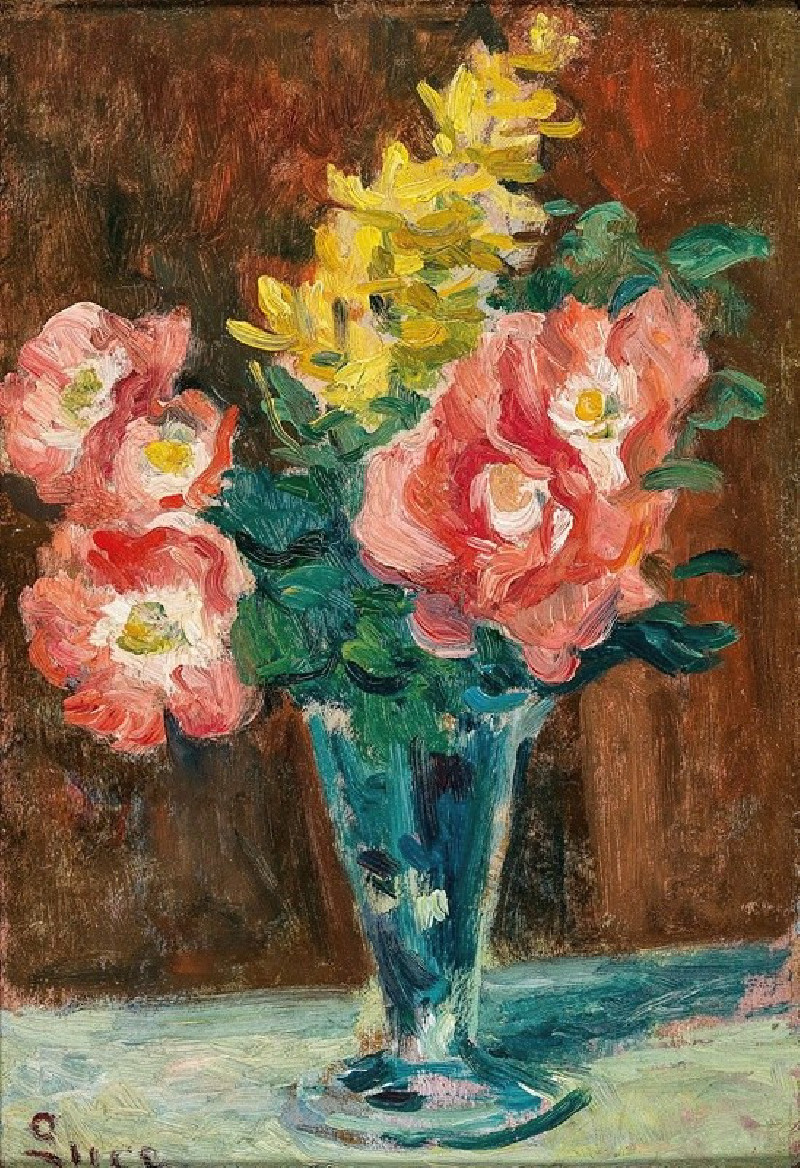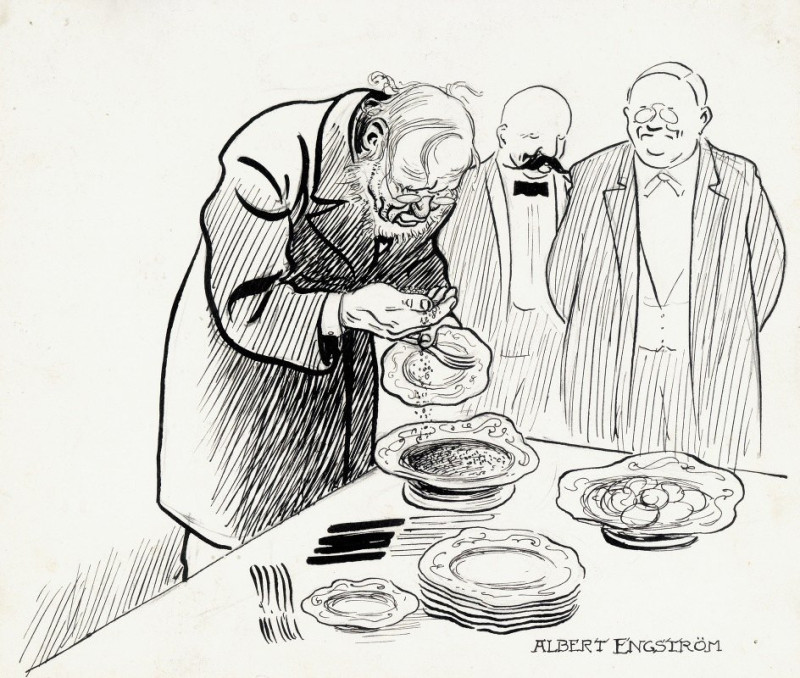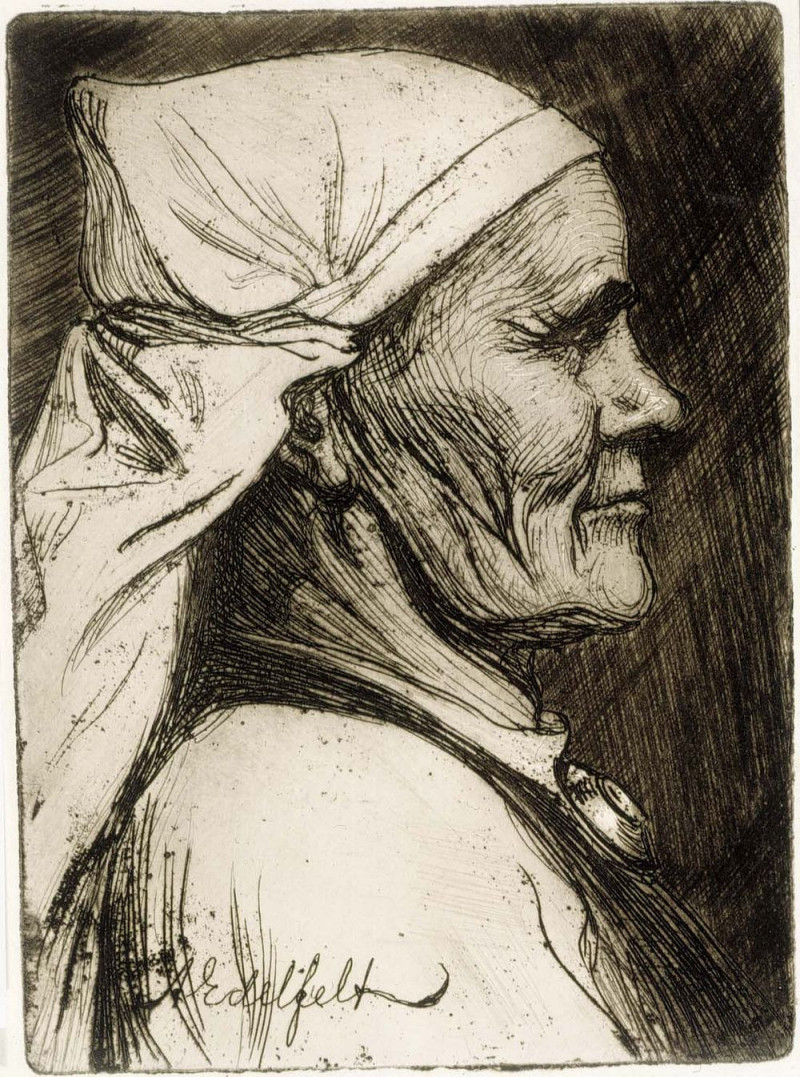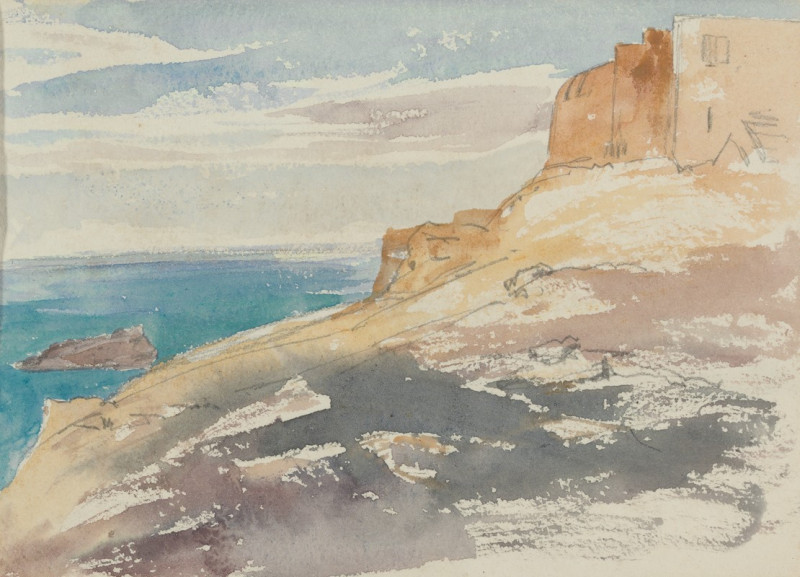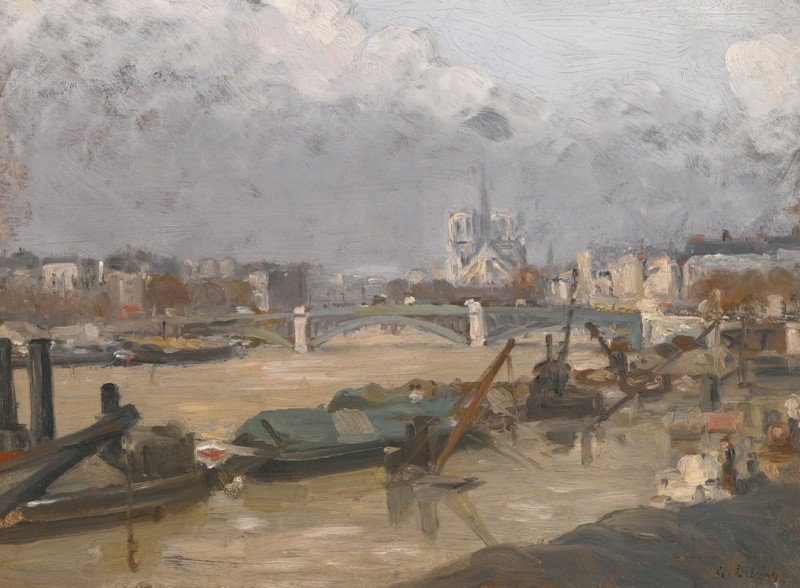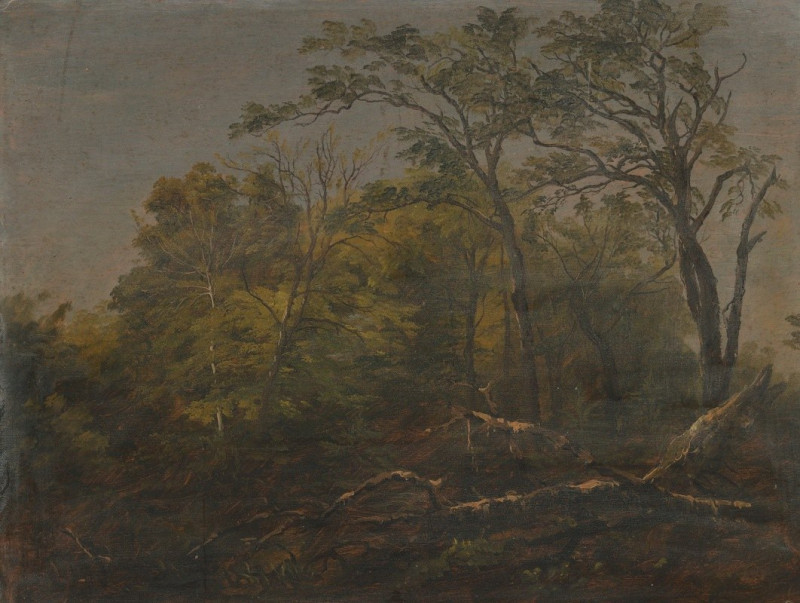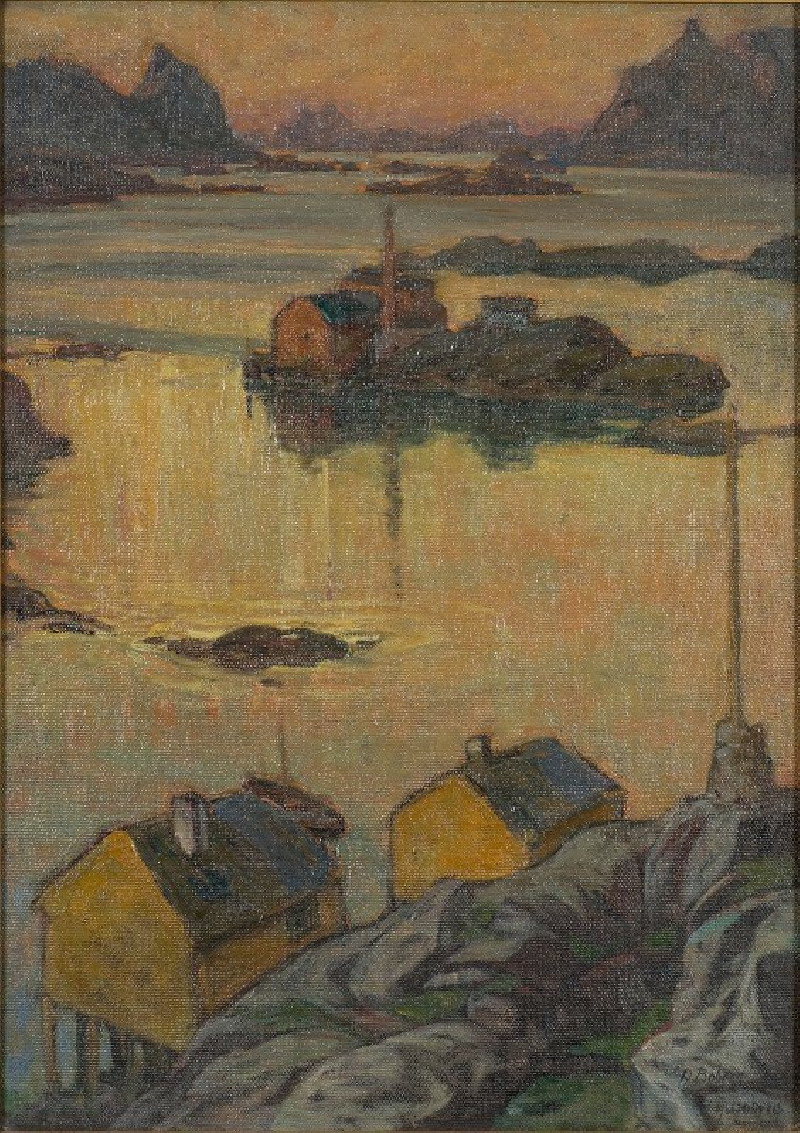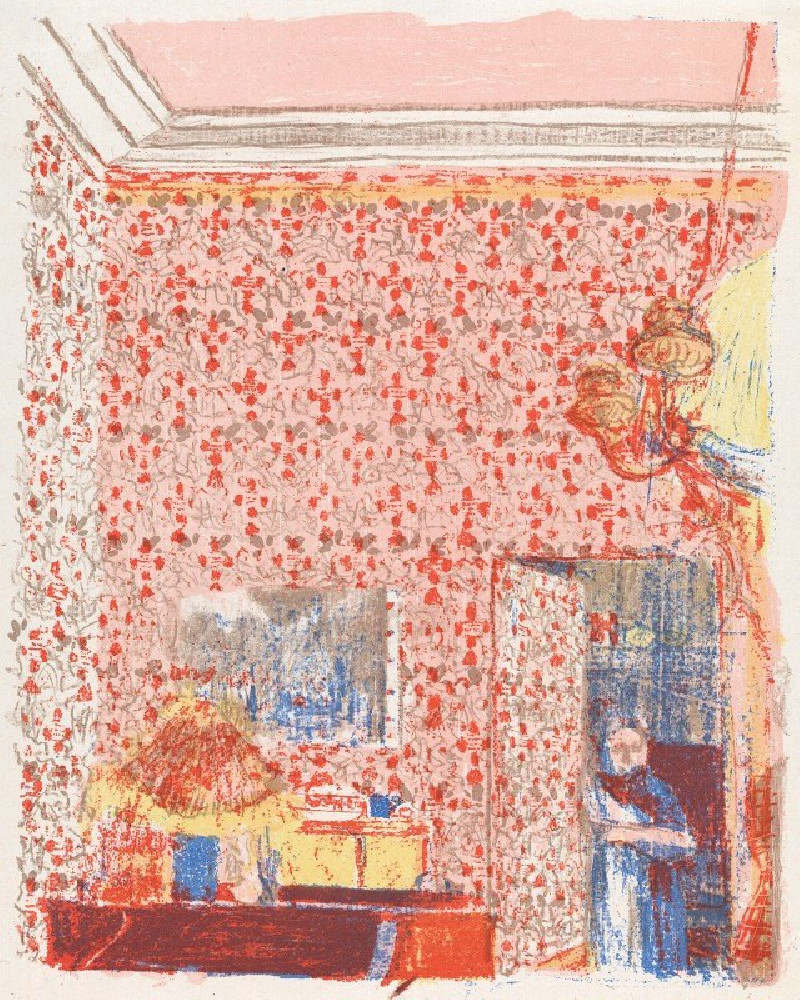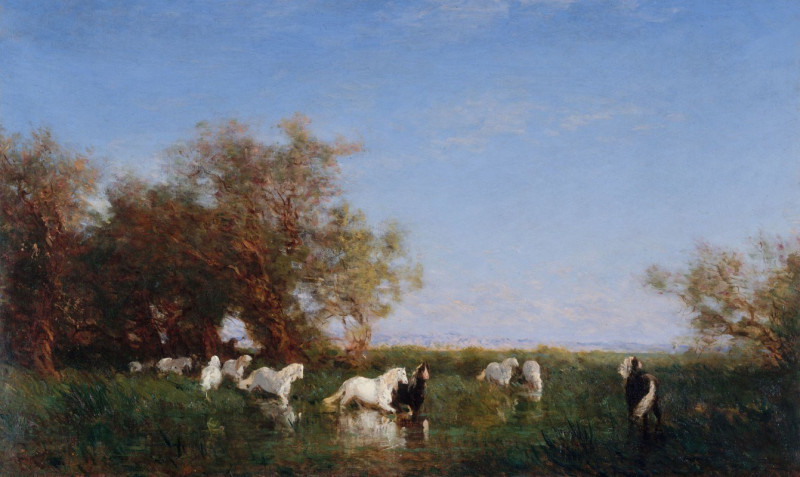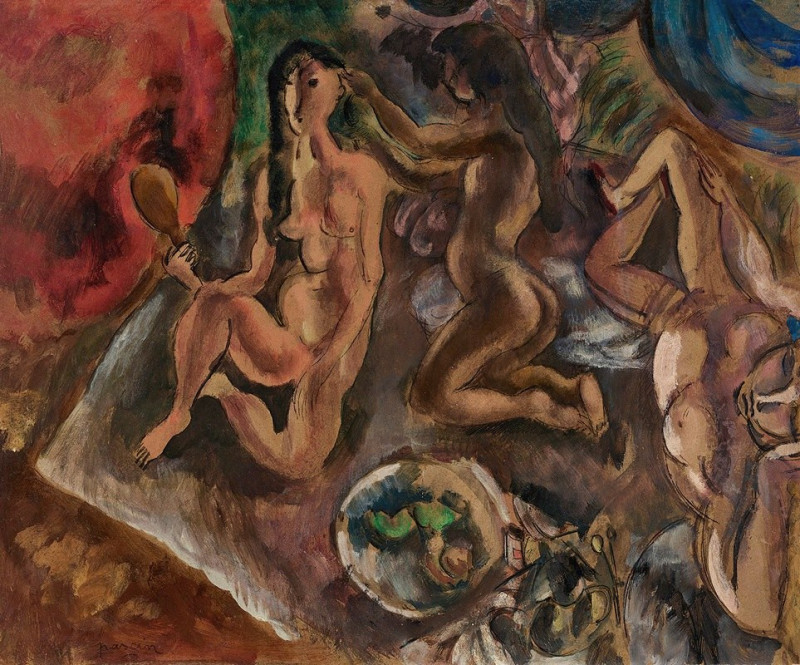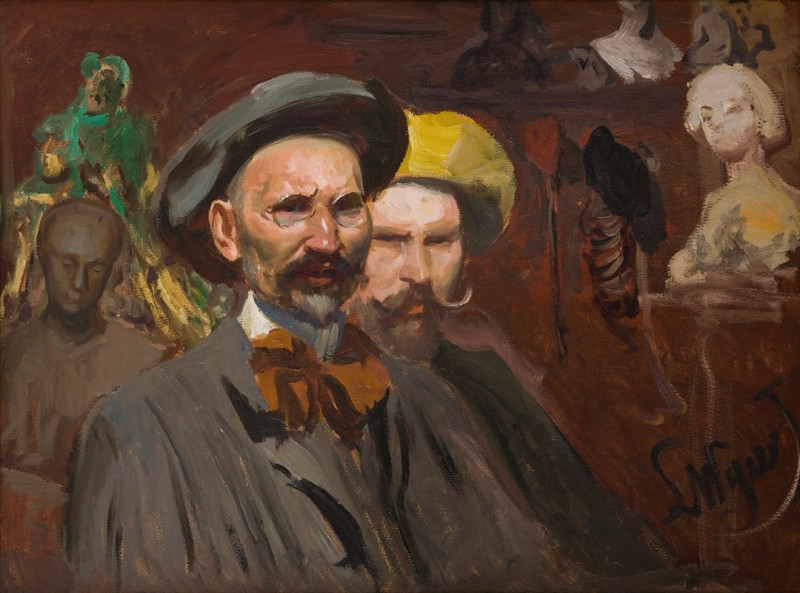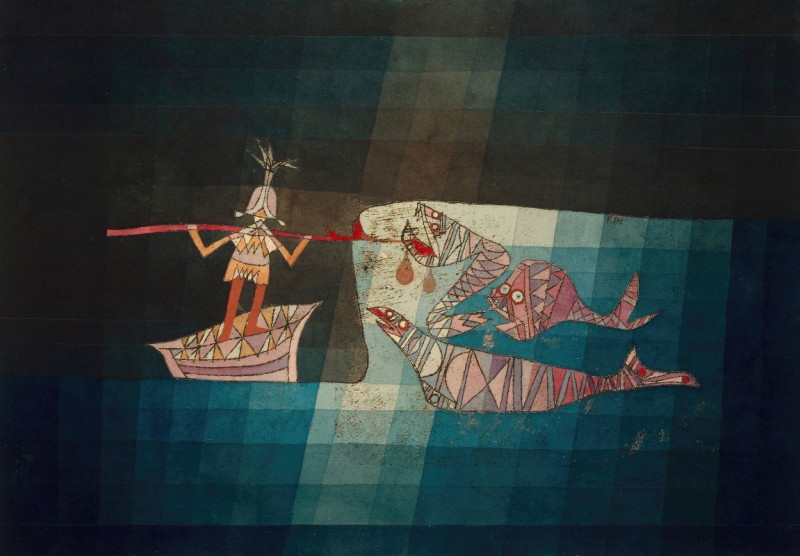Paysage (1903)
Technique: Giclée quality print
Recommended by our customers
More about this artwork
In the radiant landscape painting "Paysage" completed in 1903, Maximilien Luce captures the serene beauty of nature through his distinct Post-Impressionistic style. This piece is a study in the dynamic interactions of color and light, illustrating a vibrant countryside scene. Luce employs a lively palette of greens, blues, and yellows to convey the lushness of a blooming meadow under a lively, cloud-speckled sky.The composition focuses on a dense cluster of trees standing prominently on the left, their foliage painted with swift, bold strokes, reflecting light and shadow vividly. Beyond them, the field transitions into layers of colors suggesting wildflowers and grasslands, which slowly blend into the gentle rise of a sun-touched hill in the background. The horizon is punctuated by the faint outline of a red-roofed building, adding a human element to the otherwise untouched natural landscape.Luce's brushwork is vigorous and textural, capturing the movement of the sky and the vibrancy of the vegetation with apparent ease and enthusiasm. This painting not only reflects Luce's love for the natural world but also his mastery in portraying the transient effects of light with his rich, impressionistic touches. "Paysage" serves as a splendid example of how the artist communicates his deep appreciation for the rural environments outside the urban tumult of Paris during the early 20th century.
Delivery
Returns
Maximilien Luce was a prolific French Neo-impressionist artist, known for his paintings, illustrations, engravings, and graphic art, and also for his anarchist activism. Starting as an engraver, he then concentrated on painting, first as an Impressionist, then as a Pointillist, and finally returning to Impressionism.

